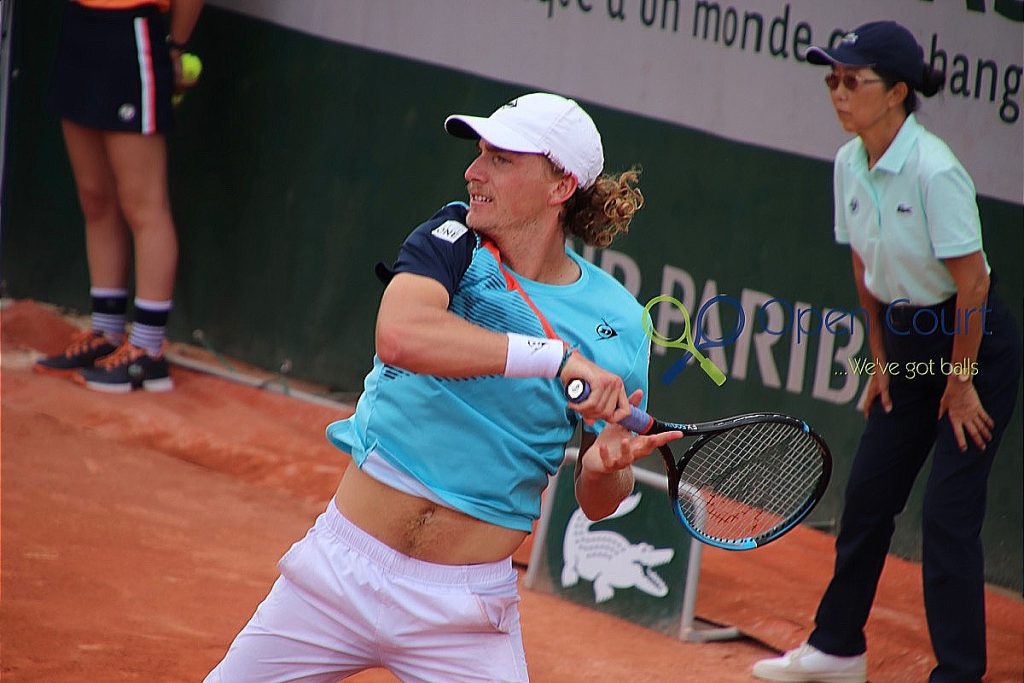
–
A week before world No. 1 Jannik Sinner returns from a three-month suspension for testing positive for the steroid Clostebol, top Aussie player Max Purcell’s fate concerning his own doping suspension was announced early Tuesday by the International Tennis Integrity Agency.
It’s 18 months – a two-year sentence with six months off for his cooperation on another pending case – with an agreement that he will not appeal it to the Court of Arbitration for Sport.
Purcell accepted a provisional suspension on Dec. 23, 2024. And so with the time served since then, would be eligible to return June 12, 2026.
The sanction is not for a positive test for a prohibited substance, but for a “prohibited method”, which is far less typical and more obscure, and brings another way in which athletes can trip themselves up to the fore.
Purcell, now 27, was playing the best tennis of his life when headed to Bali, Indonesia – a popular vacation destination for Aussies – in Dec. 2023. He had reached a career high in singles of No. 40 that October and as inside the top 40 in doubles (a year later, after winning the US Open doubles, he was in the top 10). Whether it was a holiday, or a training block – or both – is unclear.
But what is known is that twice, on Dec. 16 and Dec. 20, he received an intravenous drip that he later said were vitamins. The ITIA confirmed in its release Tuesday that none of the substances in the IV were prohibited.
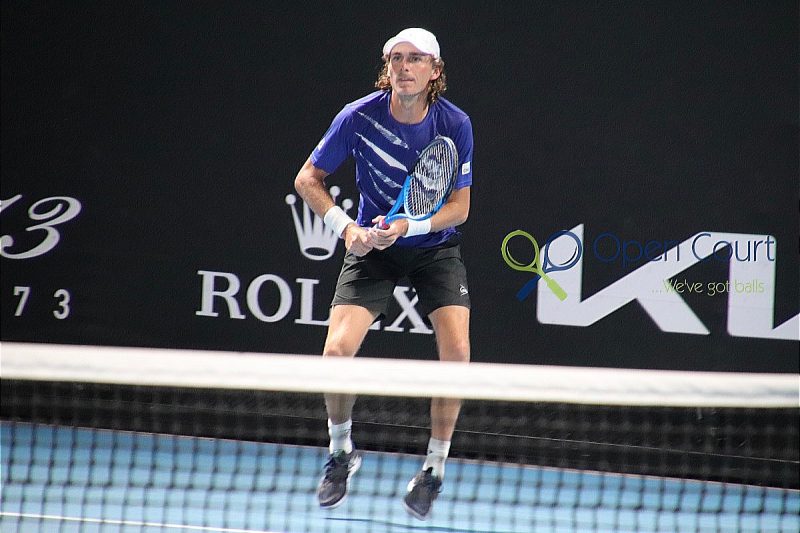
Intravenous drips are allowed; there are no limitations on them – if they are administered in the course of hospital treatment, surgical procedure, or clinical diagnostic investigation, or if the player possesses a therapeutic use exemption.
But none of those exceptions applied to Purcell, so the limit on how much could be infused, set by the World Anti-Doping Association (WADA), is 100 ml per 12-hour period.
The two infusions were five times that much – 500 ml.
–
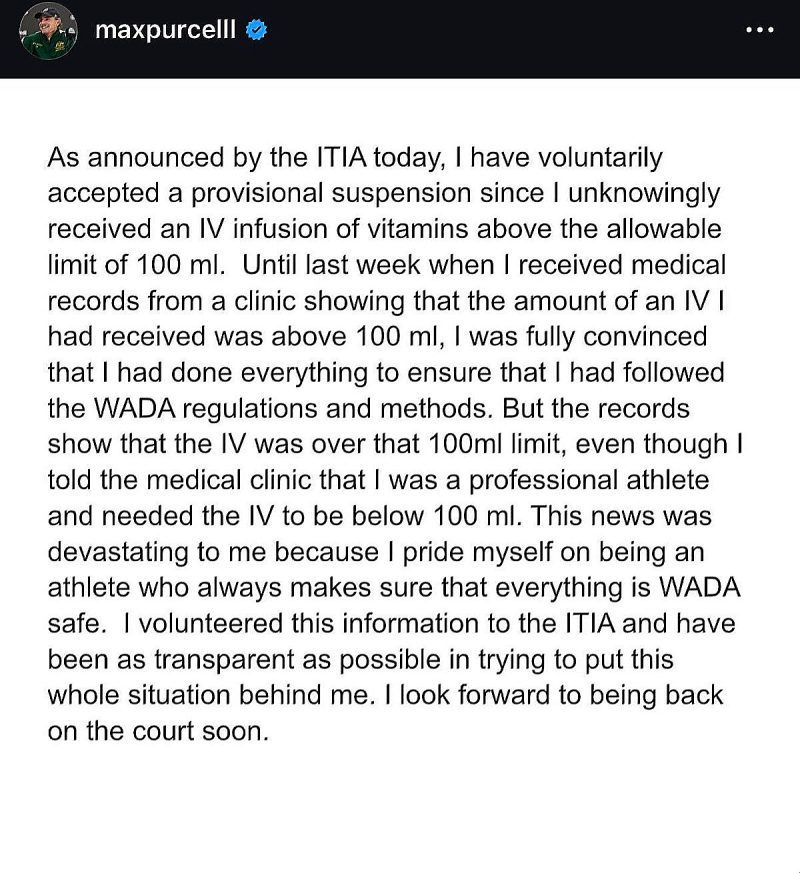
Inadvertent discovery
Purcell’s statement at the time (above) – remember, this was right before the biggest part of his season, the Aussie summer, including the Australian Open – didn’t explicitly state that he had self-reported the violation. But it certainly intimated as much when he used the words “volunteered this information to the ITIA”. It also intimated that he was aware of the 100 ml limit, and had expressly informed the clinic.
It turns out that was not quite how it went down, per the ITIA.
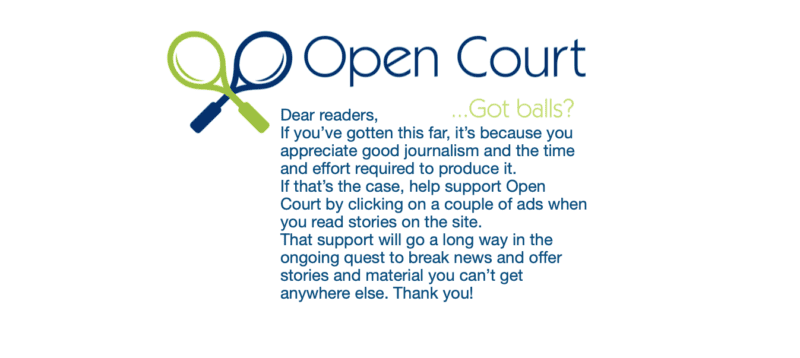
The ITIA might never have known about the violation at all. It was a year before it came to light, as the organization was investigating another case, believed to be the case of Purcell’s fellow Aussie Thomas Fancutt.
Fancutt, 30, entered into a provisional suspension on March 19 – also for the “use of a prohibited method”. His case is ongoing.
It doesn’t take much to read between the lines and connect Fancutt and “Player 2” in the ITIA decision on Purcell.
WhatsApp texts between Purcell and “Player 2” during that period went a long way towards establishing that Purcell, who had been added to tennis’s “whereabouts list” because of the rise in his fortunes late in 2023 and was an experienced veteran, had some idea that he was in some murky territory.
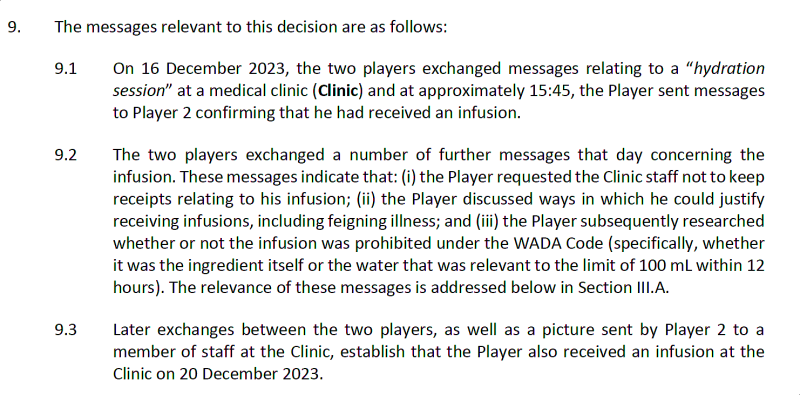
–
Purcell’s explanations didn’t pass the ITIA’s smell test. As an example, he told the ITIA that he “requested the clinic keep the details of his treatment confidential as he likes to keep his physical state and preparations private”.
Purcell said he “believed that he had asked the Clinic to provide him with IV infusions of more more than 100 ml”, but didn’t check.
He says he only found out he had well overshot the limit when he received the records from the clinic last December telling him so – the same records he wrote in the WhatsApp that he’d asked them not to keep.
The clinic told the ITIA that it was “possible there was a misunderstanding”. But also that if Purcell had requested the infusion at the limit it wouldn’t have been a problem. And that the clinic was aware Purcell was a professional athlete subject to anti-doping regulations. The doctor at the clinic who administereed the infusions no longer works there, and the clinic was not helpful in assisting the ITIA with anything related to either the doctor or any communications between the doctor and Purcell.
–
–
“Prohibited methods”
Most tennis fans are familiar with players testing positive for a prohibited substance. And there have been some well-documented cases of players being suspended for three failures of the “whereabouts rule”.
Players have to designate a one-hour slot every day where they will be where they say they’ll be, in case anti-doping wants to show up announced to test. Lately, players like Jenson Brooksby, Alizé Cornet and others have found themselves running afoul of that.
Now, add “prohibited methods” to the list
On a video conference call with Australia media Tuesday evening in Australia (2 a.m. or so EDT), ITIA CEO Karen Moorhouse said she was aware of “a small handful” of other cases of prohibited-methods suspensions – notably the one involving former American Olympic swimmer Ryan Lochte.
Interesting piece here on the many ways players can get around (or try to get around) anti-doping, and why, writ large, avoiding tests and infusion limits are treated as seriously as positive tests for prohibited substances.
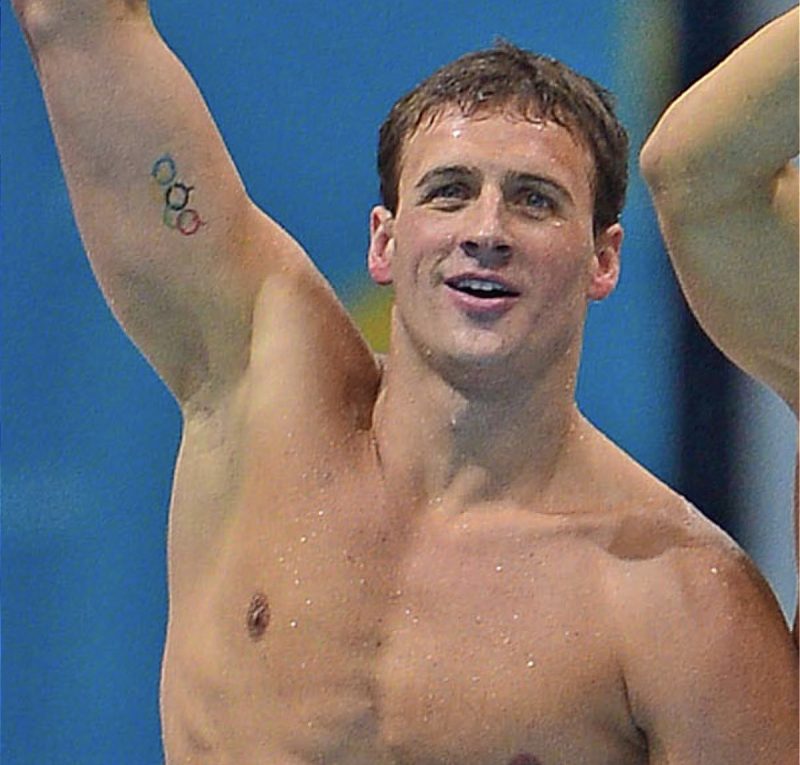
The guidelines for doping suspensions are set by WADA, so swimming falls under the same rules as tennis.
In May 2018, Lochte was dopey (pardon the pun) enough to post a photo on Instagram of him receiving an IV infusion of what he said were vitamins. He didn’t have a TUE; he received a 14-month suspension from his national anti-doping association, USADA. There are some similar cases in the USADA database – most involving saline infusions – with suspensions ranging from six to 14 months. A decade ago, the limit on infusions was smaller – 50 ml maximum in any six-hour period.
ITIA CEO Moorhouse said on the Teams call that infusions are taken as seriously as positive tests for prohibited substances “partly because infusions can be used to mask (other substances), increase plasma levels, and also distort an athlete’s biological passport”.
That’s much the same as the rationale for the “whereabouts” failures; players who might be in the middle of a cycle of prohibited substances who know they wouldn’t yet be in the clear could skip out on what they know would be a positive test. So if there are no consequences, it would be ripe for abuse.
“A degree of recklessness and intentionality”
The ITIA concluded that the evidence they had indicated that it would be difficult to determine the infraction was “intentional” (that would have meant a four-year suspension). At the same time, the evidence from the messages “can be read to indicate a degree of recklessness and/or intentionality behind the Player’s ADRVs.”
After seeking outside legal counsel, they didn’t consider it to have met a threshold where an Independant Tribunal would consider it intentional.
However, they did judge that the proceedings “demonstrated a significant degree of fault and negligence” by Purcell. Notably, in his December message, he acknowledged that he was well aware of his responsiblities in that regard, and had always taken them seriously.
He appears to have not verified whether the request he made to limit the size infusion was understood, “including by taking the extremely simple step of looking at the IV bag containing the infusion”.
Not only that, there were four days between the two infusions. And he did it a second time.
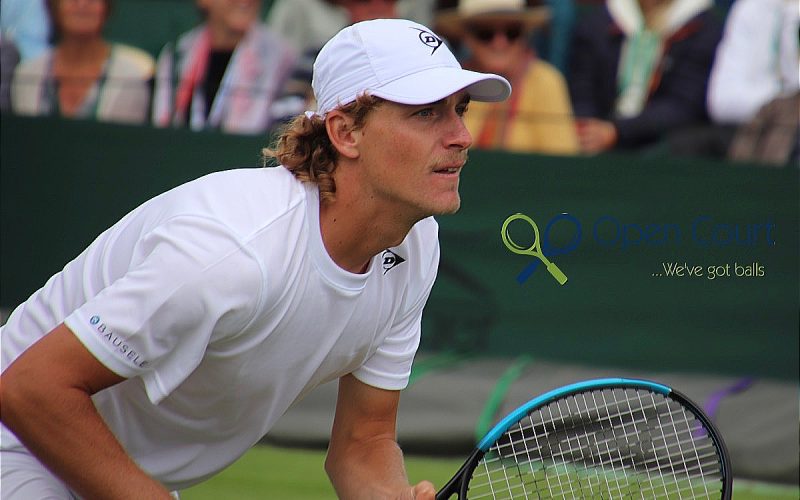
“Substantial assistance”
If a player provides “substantial assistance” in the pursuit of another doping case, as much as 75 per cent of his own sentence could be stayed.
In this case, Purcell appears to have done that – not for the case of “Player 2”, but in a separate case. He didn’t benefit from the maximum reduction, but he saved himself six months.
That’s sort of a fascinating side issue in these cases. Blowing the whistle – or, at least, offering significant cooperation – can help save your own career in these matters.
It would have to be hard to resist that temptation. We’ll see if a bigger case comes to light in the next few months.

No appeal for Purcell
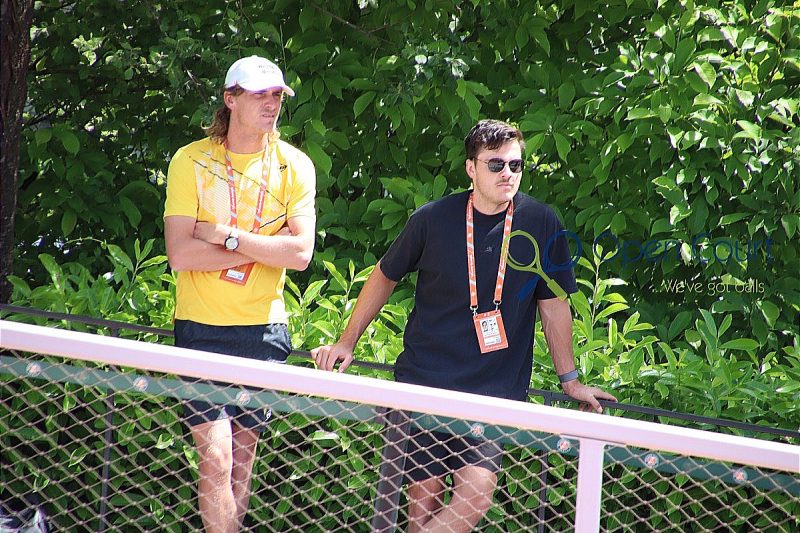
This case, notably, never got to the stage where it would be heard by an independant tribunal.
That’s one reason why it was resolved relatively quickly.
Another notable part of the decision is that Purcell waived the right to appeal the decision to the CAS.
The only entities that can appeal are WADA (which did, notably, in the case of Jannik Sinner as it considered the decision in his case to be insufficent), and the Sports Integrity Authority (SIA), which is the national anti-doping organization in Australia.
It’s too soon to tell whether the SIA might try to intervene on Purcell’s behalf to get a lighter sentence; certainly the fact that he’s not a hugely high-profile athlete in his country might not work in his favour in that regard.
Ben Rutherford, the senior legal counsel for the ITIA, said on the Teams call that the timeline was as follows: both parties have 15 days to request the entire case file, and the 21 days to launch an appeal if they decide to go that route.
WADA has extra time; it has an additional 21 days after any other interested parties appeal.
Costly vitamins
It was a full year between the infraction and the start of the investigation – a fruitful year for Purcell that included a doubles title at the US Open with countryman Jordan Thompson.
He earned more than $1.75 million US in 2024. So the ITIA decided “fairness” dictated a limited period where his ranking points and prize money would be forfeited.
Purcell’s results from the imposition of the provisional suspension in December through to his first negative test in 2024, which occurred Feb. 3, 2024 ahead of the ATP Tour event in Dallas, Texas, were struck.
(Notably, this appears to mean that Purcell did not get tested at ALL at the 2024 Australian Open, where he played singles, doubles and mixed doubles and which ended Jan. 28. But that’s a whole other discussion).
It totals some $163,000 US – the bulk of it for his second-round result at the Australian Open which, by itself, paid out $180,000 AUD.
When he returns next summer, he will not be able to benefit from a protected ranking. He’ll have to start all over again.
More Stories
Canucks This Week – Week ending Oct. 17, 2025
WTA Rankings Report – As of Oct. 6, 2025
Canucks This Week – Week ending Oct. 12, 2025 (Friday results)